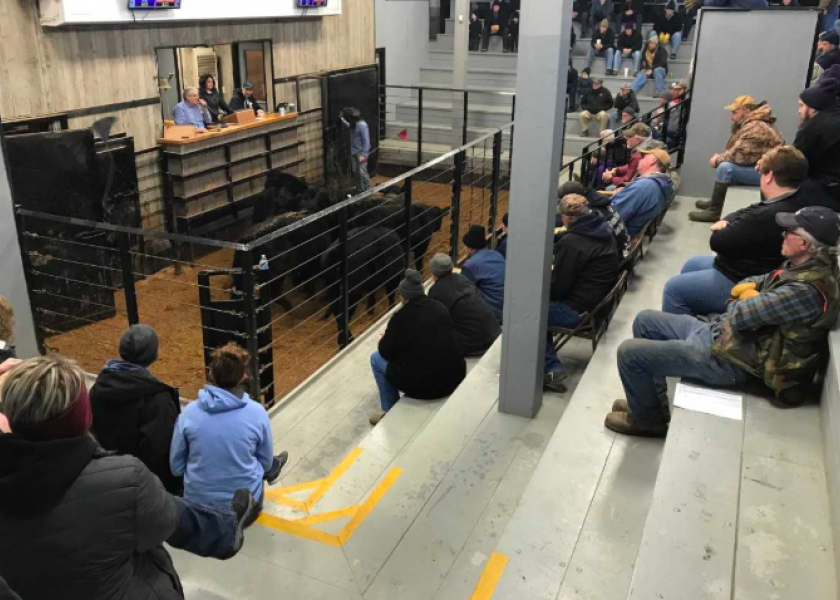Can ‘New Generation’ Insight Provide Relief?

Marketing flexibility represents a growing part of feedyards’ feeder cattle buying strategy. The ability to roll with the punches and adapt to volatility in markets, environments, labor and other variables is essential. Any level of additional precision that can be added to this process has value. Feeder cattle that provide options or flexibility are far more appealing.
Because my column is “New Generation,” it seems fitting to use this as a platform to offer commentary on heavily discussed topics I gather through my travels. Most who know me are well aware of my passion for the industry. I love to “get my nerd on.” I spend a great deal of time now in the feeding segments, so I get the chance to engage with other young professionals and share their insights. Here are notes on a couple topics that are currently discussed among our cohorts who feed cattle.
The number of calf-feds has steadily increased. The inability to cultivate additional acres for stockers and the rapidly growing beef in the dairy segment will continue to exacerbate this issue. If that is the case, what does this mean for an industry that is already grossly over-burdened with health-related losses?
We know a healthy rumen contributes substantially to overall cattle fitness and health. Several young “high-risk” grow yard managers have begun implementing what they refer to as the “ol’ rancher” method of starting calf-feds. Just give them hay and walk away. They have all but abandoned any form of commodity in their entry rations and extended warm-up periods of feeding only high-quality hays. In doing so, they have consistently kept consumption high, stress low, gains even and drastically reduced morbidity rates.
Next, there is also growing concern surrounding the health of fed cattle. Incidents of mortality appear to be on the rise with increased losses within 30 to 45 days of harvest. The root of this issue has been heavily debated with most agreeing it has some connection to genetics. It has yet to be determined whether genetics play the primary role or are simply a secondary issue exacerbated by other circumstances.
Is this a new genetic defect or have cattle simply changed so much chasing larger gains, reduced days on feed, heavier carcasses and more primes that the stress related to this type of performance is catching up? With each decade, it seems to be getting worse. Is this purely a breeder induced issue? Or, has the industry been slow to recognize a need to evolve with the genetics?
Almost every cattle feeder can give you multiple examples of cattle that are far more profitable today than they were 10 years ago. They’ll lament the one major change made over that time was improved genetic selection. It is a testament to what we can achieve through science and discipline. With that said, have we unintentionally reduced the fitness of cattle populations through narrowly targeted selection for high-performance, terminal genetics? Probably. Is genetic selection going to regress? No. The simple answer is our industry will have to evolve with them using science and discipline.







